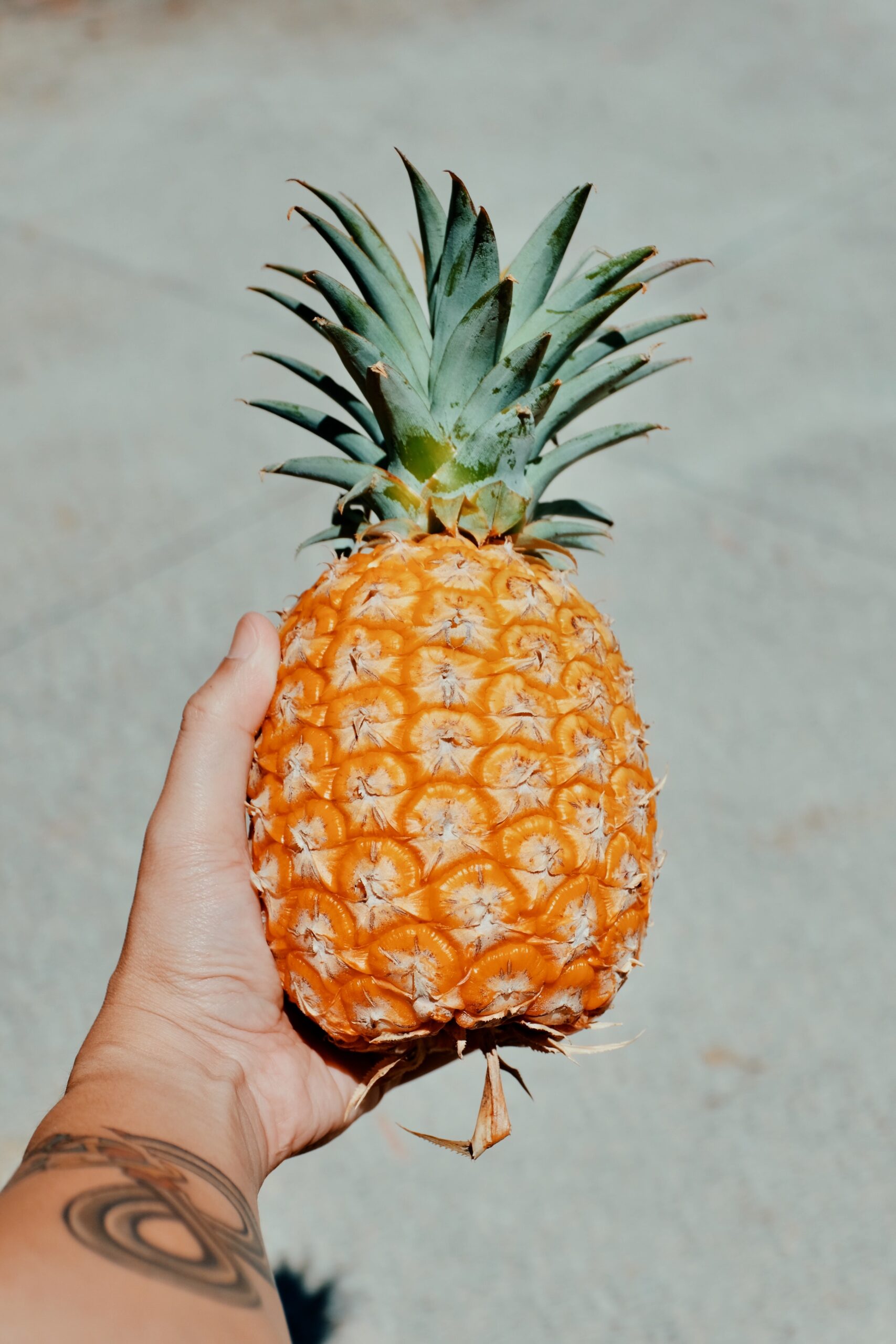
Imagine cooking a perfectly tender steak, where the meat is cooked to a precise temperature throughout, ensuring a juicy and flavorful result. That’s the magic of sous vide cooking. But if you’re new to this culinary technique, you might be wondering how long you’ll need to immerse your food in a water bath. From delicate fish fillets to hearty cuts of beef, this article will guide you through the minimum and maximum cooking times for sous vide, helping you achieve culinary perfection every time.

What is Sous Vide?
Sous vide is a cooking method that involves vacuum-sealing food in a bag and then cooking it in a water bath at a precisely controlled temperature. This technique ensures that the food is cooked evenly throughout and retains its natural juices and flavors. Sous vide is a popular cooking method used by professional chefs and home cooks alike, as it produces consistently delicious results.
Factors Affecting Cooking Time
Several factors can affect the cooking time when using the sous vide method. Understanding and taking these factors into account is essential for achieving the desired doneness and ensuring food safety.
Thickness of the Food
The thickness of the food plays a significant role in determining the cooking time. Thicker cuts of meat or larger pieces of vegetables will require more time to cook thoroughly compared to thinner cuts. It is important to consider the thickness of the food when determining the cooking time to ensure that it reaches the desired level of doneness.
Desired Doneness
The desired doneness of the food will also impact the cooking time. Whether you prefer your steak rare, medium-rare, or well-done, or if you like your vegetables crisp or tender, the cooking time will vary. It is essential to consult sous vide cooking guides or recipes to determine the appropriate cooking time for achieving your desired doneness.
Starting Temperature
The starting temperature of the food also affects the cooking time. Food that is at room temperature will require less time to cook compared to food that is straight out of the refrigerator. Letting the food come to room temperature before cooking ensures more even and efficient cooking.
Safety Concerns
Food safety is always a top priority when cooking, and sous vide is no exception. Cooking food at the right temperature and for the appropriate length of time helps ensure that harmful bacteria are killed. It is crucial to follow proper food safety guidelines and consult reputable sources for recommended cooking times to avoid any potential health risks.
Minimum Cooking Time
The minimum cooking time refers to the shortest amount of time required to cook food to a safe internal temperature. This ensures that any harmful bacteria are eliminated. Following minimum cooking time guidelines is vital for maintaining food safety.
Minimum Cooking Time Guidelines
Minimum cooking time guidelines vary depending on the type and thickness of the food being cooked. For example, a thick steak will require a longer minimum cooking time compared to a thin chicken breast. Consulting sous vide recipes or reputable sources for specific guidelines is essential.
Safety Considerations
It is crucial to prioritize safety when determining the minimum cooking time. Failing to cook food for the minimum required time could result in the presence of harmful bacteria and increase the risk of foodborne illnesses. Always ensure that the food reaches the recommended internal temperature for safe consumption.
Maximum Cooking Time
The maximum cooking time refers to the longest amount of time that a particular food can be cooked using the sous vide method. Exceeding the maximum cooking time can lead to undesirable changes in texture, flavor, and overall quality of the food.
Maximum Cooking Time Guidelines
Like minimum cooking time, the maximum cooking time guidelines vary depending on the type and thickness of the food. While some foods can withstand longer cooking times without significant negative effects, others may become mushy or lose their natural flavor. It is important to refer to cooking guides and recipes to determine the maximum recommended cooking time for specific foods.
Safety Considerations
Maintaining food safety is also important when considering the maximum cooking time. Extended cooking times can increase the risk of bacterial growth, especially if the food remains at temperatures where bacteria can thrive. Always follow recommended guidelines and avoid excessively long cooking times to ensure both safety and quality.

Common Sous Vide Cooking Times
Different types of food require varying cooking times to achieve optimal results. Here are some common sous vide cooking times for popular ingredients:
Steak
For a medium-rare steak, a thickness of 1 inch typically requires around 1.5 to 2 hours of cooking time. Thicker steaks will need longer cooking times, while thinner steaks may require less time.
Chicken
Chicken breasts, around 1 inch thick, typically require approximately 1 to 1.5 hours of cooking time for a juicy and tender result. Thicker chicken pieces or bone-in cuts may require additional time.
Salmon
For perfectly cooked salmon fillets, a thickness of around 1 inch will generally require 30 to 40 minutes of cooking time. Thicker or larger fillets may need more time, while thinner cuts may cook faster.
Pork
Pork chops, 1 inch thick, usually require around 1.5 to 2 hours of cooking time to achieve tender and flavorful results. Adjustments may be necessary for thicker or bone-in pork cuts.
Eggs
When cooking eggs sous vide, the desired consistency will determine the cooking time. Soft-boiled eggs typically require 45 to 60 minutes, while hard-boiled eggs may need 1.5 to 2 hours.
Vegetables
Vegetables, such as carrots or asparagus, can benefit from sous vide cooking. Depending on the desired tenderness, cooking times can range from 30 minutes to a couple of hours. Pay attention to the specific instructions for each vegetable to achieve the desired result.
Determining Cooking Time
When determining the cooking time for any recipe or ingredient, there are a few factors to consider.
Recipe Guidelines
Many recipes provide cooking time recommendations, which can be a useful starting point. Following trusted recipes from reputable sources ensures that you have a good foundation for determining the cooking time.
Personal Preference
Your personal preference for doneness also plays a role in determining the cooking time. If you prefer a well-done steak, you will need to cook it for a longer time than someone who prefers medium-rare. Experimenting and finding the perfect cooking time to suit your taste is part of the sous vide journey.
Kitchen Safety
Always prioritize kitchen safety when determining cooking time. Ensuring that food reaches the recommended internal temperature for safety is essential. Additionally, following appropriate food handling and storage procedures contributes to overall kitchen safety.

Tips for Adjusting Cooking Time
There may be instances where you need to adjust the cooking time to better suit your preferences or cooking conditions. Here are some tips for increasing or decreasing the cooking time:
Increasing Cooking Time
If you prefer your food to be more tender or if you are cooking a larger piece of meat, you may need to increase the cooking time. Adding 30 minutes to an hour to the recommended cooking time can help achieve the desired result.
Decreasing Cooking Time
On the other hand, if you prefer your food to be slightly firmer or if you are cooking smaller portions, you can decrease the cooking time. Subtracting 15 to 30 minutes from the recommended cooking time can prevent overcooking while still ensuring proper doneness.
Monitoring Cooking Time
Properly monitoring the cooking time is crucial to achieving consistent and delicious results with sous vide cooking.
Using a Timer
Using a kitchen timer helps ensure that you do not forget about your food while it is cooking. Set a timer based on the recommended cooking time to keep track and avoid overcooking or undercooking.
Using a Sous Vide Device
Many sous vide devices have built-in timers and temperature controls, making it convenient to monitor the cooking time. Set the desired temperature and cooking time on the device, and it will regulate the water bath accordingly.
Using Recipe Recommendations
Following recipe recommendations keeps you on track with the appropriate cooking time. The recipes usually consider factors such as thickness, desired doneness, and starting temperature, providing a reliable framework for your cooking process.
Experimenting with Cooking Time
Sous vide cooking allows for experimentation and exploration of different cooking times. Understanding the potential effects of extended or shortened cooking times can help you fine-tune your culinary creations.
Effects of Extended Cooking Time
Extended cooking times, beyond the recommended guidelines, can result in extremely tender and tenderized meats. This can be desirable for certain cuts that benefit from prolonged cooking, such as tough cuts of beef or pork. However, excessive cooking time may also cause some foods to become overly soft or lose their natural flavors.
Effects of Shortened Cooking Time
Shortening the cooking time can result in firmer textures and more bite in your food. This can be useful for those who prefer a slightly firmer texture or when cooking more delicate proteins such as fish or eggs. However, be cautious not to shorten the cooking time to the point where the food is undercooked and potentially unsafe to consume.
Conclusion
Understanding the factors that affect cooking time, both minimum and maximum, is essential for achieving optimal results with sous vide cooking. The thickness of the food, desired doneness, starting temperature, and safety considerations all play a role in determining cooking times. By following guidelines, experimenting, and using appropriate tools, you can master the art of sous vide cooking and create delicious meals every time.



